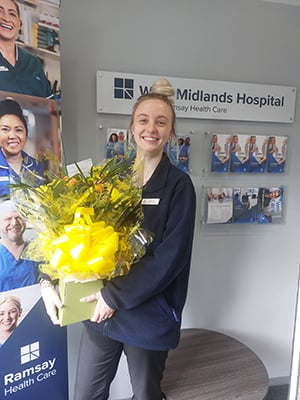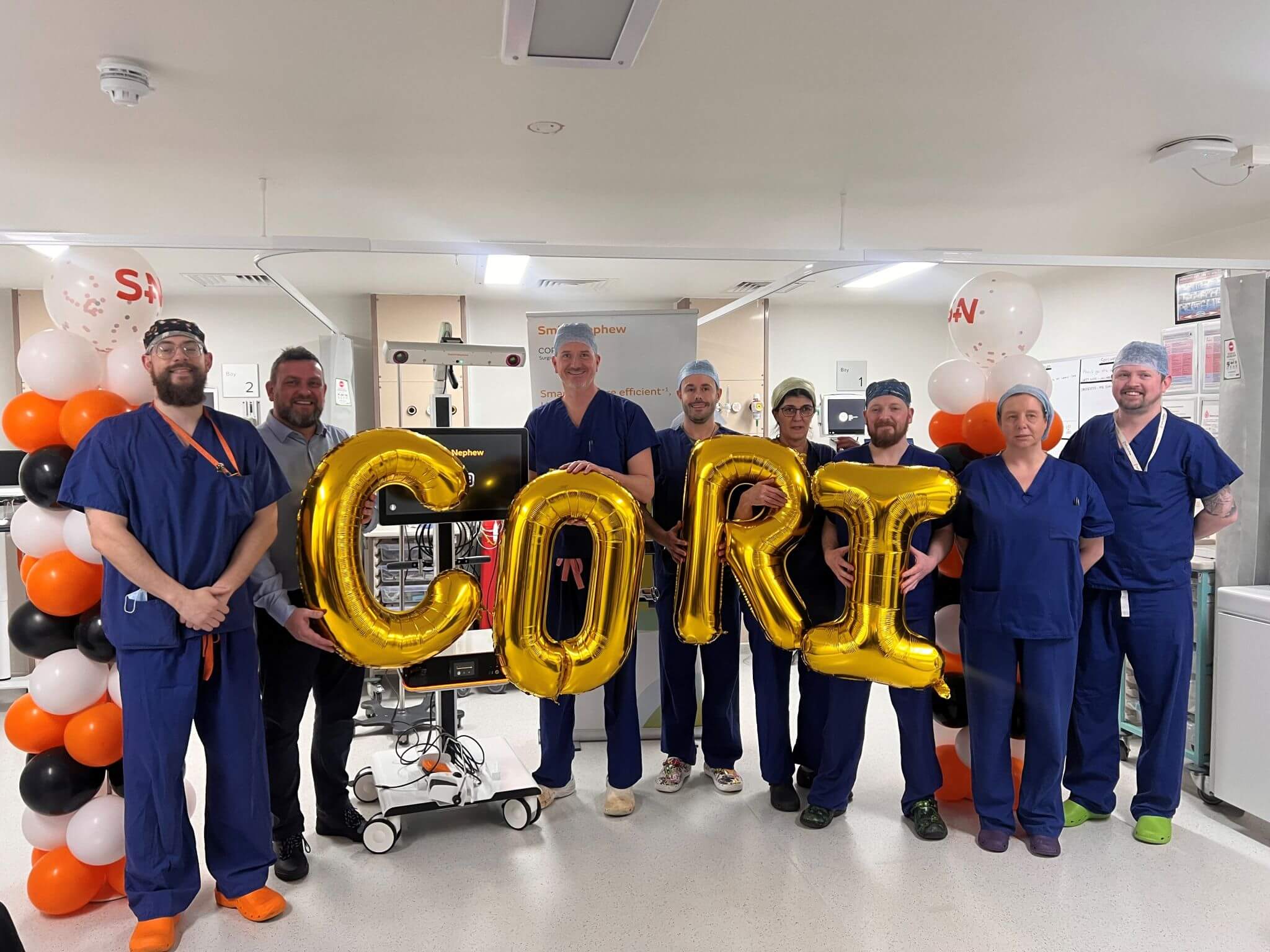West Midlands Hospital Specialists
-
-
Mr Rajan Kumar Patel
Mr Rajan Kumar Patel is a Consultant General Surgeon in Halesowen, West Midlands
Read more -
Mr Rajiv Pathak
Mr Rajiv Pathak is a Consultant General Surgeon in Birmingham specialising in varicose veins.
Read more -
Ms Sandhya Purushottam Shiralkar Shiralkar
Ms Sandhya Purushottam Shiralkar is a General Consultant in Halesowen West Midlands
Read more -
Mr Massimo Vezzosi
Mr Massimo Vezzosi is a Consultant Vascular Surgeon in Stourbridge and West Midlands
Read more


